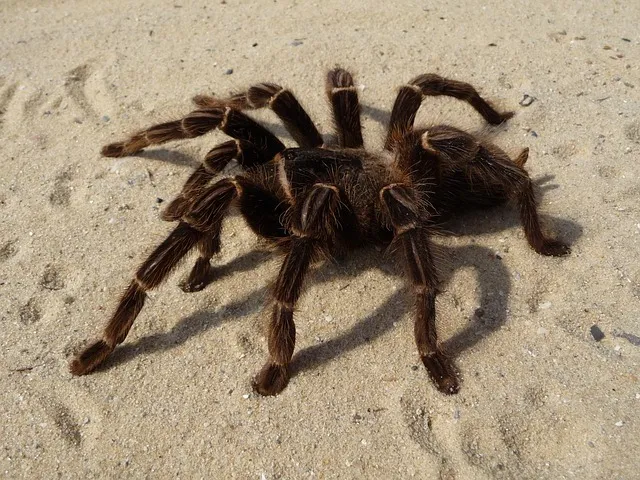Choosing Your Tarantula Spider
Bringing a tarantula spider into your home is a big decision, filled with exciting opportunities to learn and observe. These fascinating creatures require specific care to thrive, and the first step is choosing a healthy specimen from a reputable source. Understanding the basics of tarantula care will set you on the right path to providing a long and fulfilling life for your new pet. This comprehensive guide will provide you with 101 amazing tips for tarantula spider care, covering everything from choosing the right spider to creating the ideal habitat and ensuring its well-being.
Selecting a Healthy Tarantula
The health of your tarantula is paramount to its longevity and overall happiness. When selecting a tarantula, take your time to observe its behavior and physical condition. Avoid purchasing spiders that appear lethargic, uncoordinated, or have any visible injuries. Researching different tarantula species to determine the best fit for your experience and lifestyle is also crucial. Some species are more docile and beginner-friendly than others.
Identifying a Healthy Spider

A healthy tarantula should exhibit certain characteristics. Look for a spider with a plump abdomen, indicating it’s well-fed and hydrated. The legs should be intact and move with agility. Ensure the spider is alert and responsive to its environment. Avoid spiders with bald spots on their abdomen, as this can be a sign of stress or injury. A spider with a good appetite is also a positive sign, as it shows that it is active and comfortable in its current environment.
Quarantine New Tarantulas
Once you’ve chosen your tarantula, it’s advisable to quarantine it for a few weeks, especially if you have other pets or plan to introduce it to an existing collection. Quarantine involves keeping the spider in a separate enclosure, away from other animals, to monitor its health and prevent the spread of any potential diseases or parasites. During this period, observe your tarantula’s eating habits, activity levels, and overall appearance. This precautionary measure helps to ensure the health and safety of your existing collection or other pets.
Setting Up the Perfect Tarantula Habitat
Creating a suitable habitat is crucial for your tarantula’s well-being. Tarantulas are sensitive to their environment, and a properly designed enclosure will help them feel secure, comfortable, and able to thrive. A well-designed habitat mimics the spider’s natural environment, which is key to its physical and psychological health. This section provides essential information to set up a perfect habitat for your tarantula spider.
Choosing the Right Enclosure
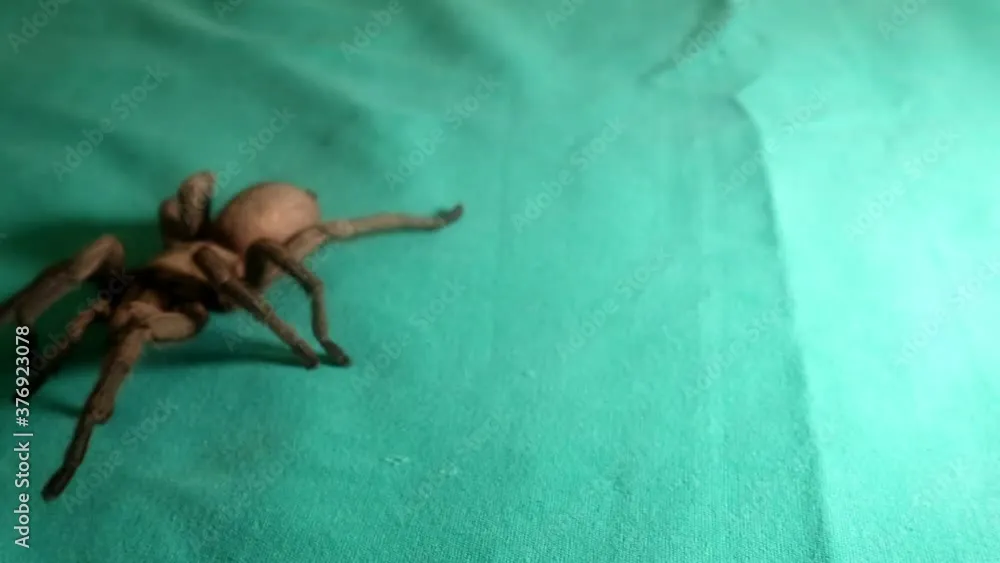
The size and type of enclosure should depend on the species and size of your tarantula. For terrestrial species, a wider enclosure is preferred, while arboreal species need taller enclosures. The enclosure should be escape-proof, with a secure lid and adequate ventilation. Glass or acrylic terrariums are common choices, offering clear visibility and ease of cleaning. Ensure the enclosure is appropriately sized – too small, and the tarantula will feel cramped; too large, and it may feel exposed and stressed.
Substrate Selection
The substrate is the bedding material that lines the bottom of the enclosure. It provides a place for the tarantula to burrow, hide, and feel secure. The choice of substrate depends on the species. Common options include coconut fiber, peat moss, and vermiculite. Ensure the substrate is deep enough for burrowing species and provides adequate humidity retention. Avoid substrates that are toxic or contain chemicals that could harm your tarantula. The substrate should be replaced regularly to maintain hygiene and prevent the buildup of mold or bacteria.
Maintaining Temperature and Humidity
Tarantulas thrive in specific temperature and humidity ranges. Research the ideal conditions for your species. Use a thermometer and hygrometer to monitor the environment. Provide a heat source, such as a heat mat or ceramic heat emitter, if necessary, but avoid direct heat sources. Humidity can be maintained by misting the enclosure regularly or providing a water dish. Proper ventilation is essential to prevent the buildup of harmful bacteria and ensure the air circulates. Consistent monitoring and adjustments will help maintain the ideal environment for your tarantula.
Feeding Your Tarantula Spider
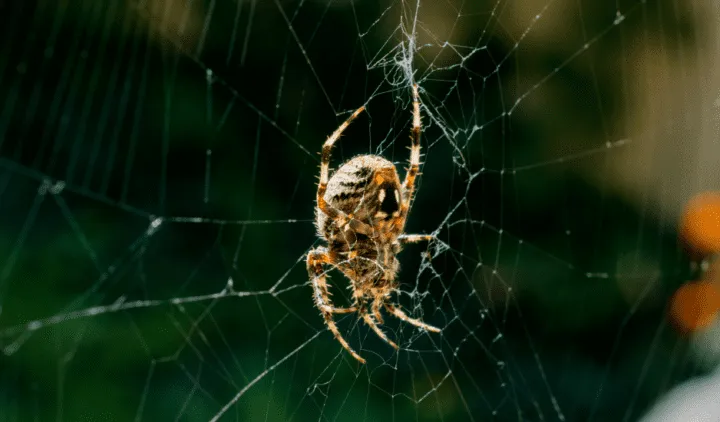
Feeding is a critical aspect of tarantula care. Providing the right food and maintaining a proper feeding schedule is essential for your spider’s health and growth. Tarantulas have specific dietary needs and require live prey to thrive. This section will provide you with the essential information you need to feed your tarantula spider appropriately.
Appropriate Diet and Feeding Schedule
Tarantulas are primarily insectivores, and their diet should consist mainly of live insects. The size of the prey should be appropriate for the size of the spider. Common feeder insects include crickets, mealworms, and roaches. Feed juvenile tarantulas more frequently than adults, typically once or twice a week. Adult tarantulas can be fed every one to two weeks, depending on their appetite and species. Overfeeding can lead to health problems, so observe your tarantula’s feeding habits and adjust the schedule as needed.
Providing Water
Fresh water is essential for your tarantula’s survival. Provide a shallow water dish with clean water at all times. The water dish should be shallow enough to prevent drowning. For smaller tarantulas, a water-filled bottle cap may suffice. Change the water regularly to prevent contamination and maintain hygiene. Ensure the water is free of chemicals or additives that could be harmful to your tarantula. Regularly providing clean water is a non-negotiable aspect of tarantula care.
Understanding Tarantula Behavior
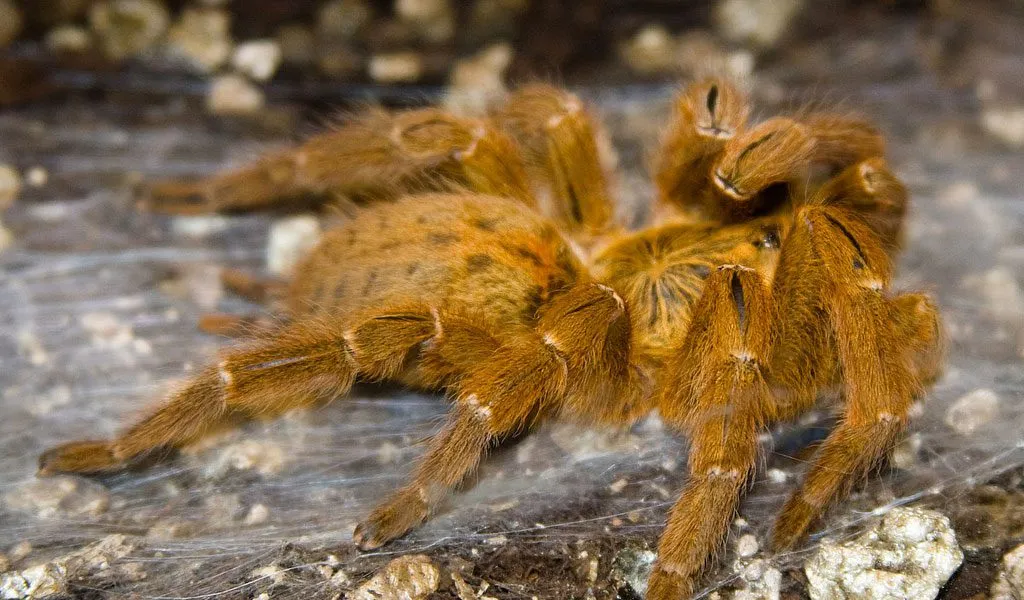
Understanding your tarantula’s behavior is essential for providing proper care and ensuring its well-being. Tarantulas communicate through subtle cues, and learning to recognize these signs can help you understand their needs and address any potential problems. Observing and understanding your spider’s behavior also enhances your appreciation for these amazing creatures. This section will provide insights into how tarantulas behave, helping you provide the best care possible.
Signs of a Healthy Tarantula
A healthy tarantula exhibits certain behaviors. It should be active and responsive to its environment. It should have a good appetite and readily consume prey. The abdomen should be plump and well-rounded, indicating it’s well-fed and hydrated. A healthy tarantula is also alert, moving smoothly and without difficulty. Observe your tarantula’s overall appearance for any abnormalities. A healthy tarantula will also exhibit defensive behaviors when feeling threatened.
Recognizing Stress and Illness
Stress and illness can manifest in various ways. A stressed tarantula may refuse to eat, become reclusive, or display abnormal behaviors, such as excessive hiding or erratic movements. Look for signs of illness, such as lethargy, loss of appetite, or unusual discoloration. If you suspect your tarantula is ill, consult with a veterinarian or experienced tarantula keeper. Early detection and intervention are critical for successful treatment.
Handling Your Tarantula Safely
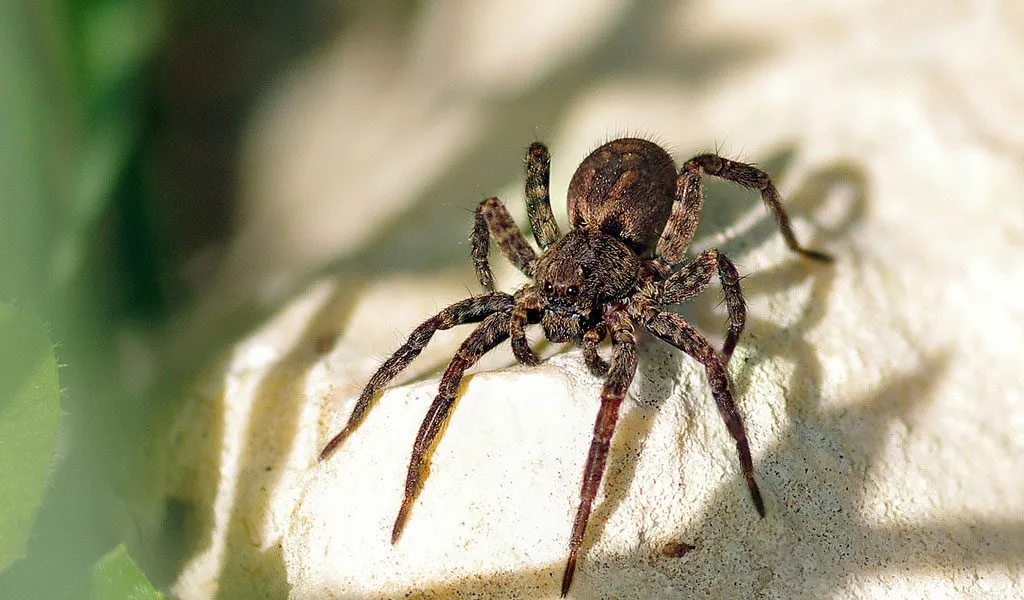
Handling your tarantula should be approached with caution and respect. While tarantulas are generally not aggressive, they can bite if they feel threatened, and their bites can be painful. Learning how to handle your tarantula safely is essential for both your safety and the spider’s well-being. Always remember that tarantulas are not meant to be cuddled, and handling should be kept to a minimum.
Handling Precautions
If you choose to handle your tarantula, do so with extreme care. Handle your tarantula spider over a soft surface, in case it falls. Avoid sudden movements or loud noises, as these can startle the spider. Never handle a tarantula if you are unfamiliar with its species or temperament. Always wash your hands thoroughly before and after handling to prevent the spread of germs. Respect your tarantula’s space and avoid unnecessary handling to minimize stress.
Understanding Molting
Molting is a natural process in which tarantulas shed their exoskeletons to grow. During this period, tarantulas are particularly vulnerable and require specific care. Understanding the molting process helps you provide the best care and support for your tarantula during this critical time. Molting is a sign of a healthy and growing tarantula, and it is a fascinating process to observe.
What to Expect During Molting
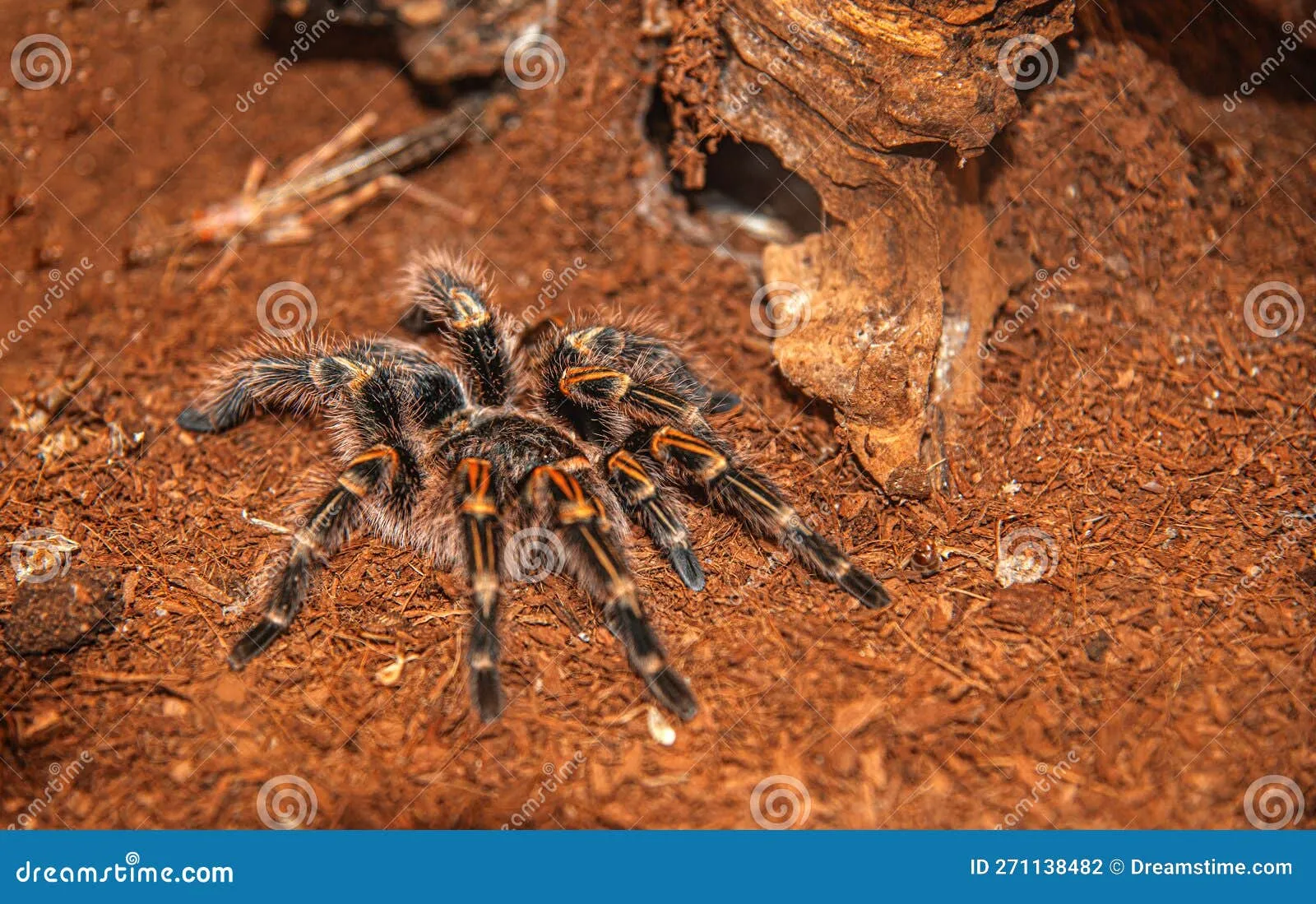
Before molting, a tarantula may become less active and refuse to eat. It may also create a webbing mat on which to molt. The molting process can take several hours, during which the spider will lie on its back, shedding its old exoskeleton. After molting, the tarantula’s new exoskeleton is soft, and it will be vulnerable for a few days. Provide ample water and avoid handling during this period. The spider will resume eating once its exoskeleton has hardened.
Providing Assistance
Generally, tarantulas molt on their own, but in certain situations, you may need to offer assistance. If a tarantula appears to be struggling to molt, you can provide a humid environment to help loosen the old exoskeleton. However, avoid interfering directly with the molting process unless absolutely necessary. Never attempt to pull off the old exoskeleton, as this can cause serious injuries. The spider will usually be able to complete the molt independently.
Common Health Issues and Solutions
Like all pets, tarantulas can experience health problems. Being aware of common health issues and knowing how to address them can help ensure your tarantula lives a long and healthy life. Regular monitoring and preventative care are essential to minimizing the risks of health problems.
Parasites and Diseases
Tarantulas can be susceptible to parasites, such as mites, and diseases, such as fungal infections. Mites can be identified by their small size and movement on the tarantula or in the enclosure. Fungal infections can result from inadequate ventilation or excessive humidity. If you notice any signs of parasites or disease, isolate the spider immediately and consult with a veterinarian or experienced keeper. Treatment options vary depending on the specific problem.
Preventative Care
Preventative care is the best way to maintain your tarantula’s health. Maintain a clean and hygienic enclosure by removing uneaten food and fecal matter. Provide a balanced diet and avoid overfeeding. Maintain appropriate temperature and humidity levels. Quarantine new tarantulas to prevent the introduction of parasites or diseases. Regular observation of your tarantula is also key, and any changes in behavior or appearance should be addressed promptly.
Caring for a tarantula spider can be a rewarding experience. By following these 101 amazing tips, you will create a safe and stimulating environment for your tarantula. Remember, patience, observation, and consistent care are the keys to a long and fulfilling life for your spider. Always prioritize your tarantula’s well-being, and enjoy the fascinating world of these amazing creatures.
